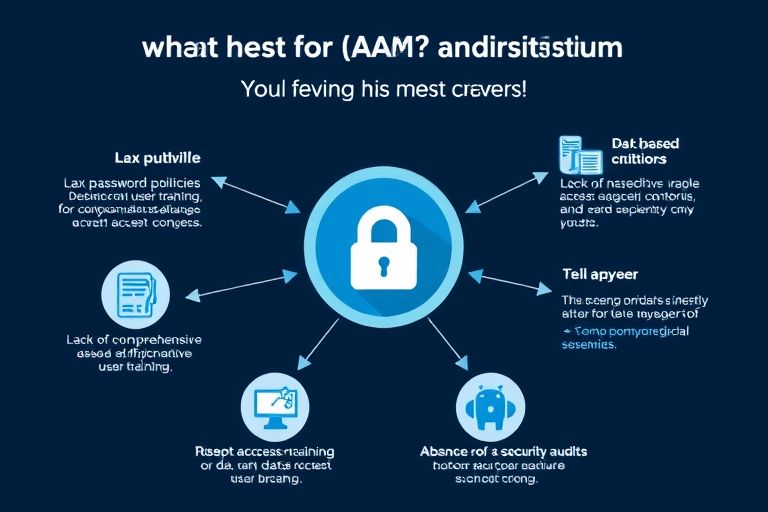
Identity and access management (IAM) is a crucial aspect of cybersecurity that involves managing digital identities and controlling access to resources. Proper implementation of IAM can greatly enhance the security of an organization's systems and data. However, there are common mistakes that organizations make when implementing IAM, which can lead to security vulnerabilities and breaches.
One of the biggest mistakes organizations make is implementing IAM without a comprehensive strategy. This can lead to a lack of consistency and coordination in IAM implementation, resulting in security gaps and vulnerabilities. A comprehensive IAM strategy should include a clear understanding of the organization's security goals, the identification of potential threats and risks, and a plan for mitigating these risks.
Before implementing IAM, organizations should develop a comprehensive IAM strategy that outlines their security goals, identifies potential risks and threats, and outlines a plan for mitigating these risks. This should involve collaboration between IT and security teams, as well as input from stakeholders and end-users.
Poor password management is another common mistake organizations make when implementing IAM. Weak passwords, password sharing, and lack of password policies can all lead to security vulnerabilities and breaches. In fact, according to a report by Verizon, 81% of data breaches are caused by weak or stolen passwords.
Organizations should implement strong password policies, including the use of complex passwords, password expiration, and multi-factor authentication. Employees should also be trained on proper password management, such as not sharing passwords and using different passwords for different accounts.
Single sign-on (SSO) is a convenient way for users to access multiple applications and services with a single set of login credentials. However, overreliance on SSO can also lead to security vulnerabilities. If a user's SSO credentials are compromised, the attacker can gain access to all the applications and services linked to those credentials.
Organizations should implement SSO as part of a broader IAM strategy that includes other security measures such as multi-factor authentication and regular password changes. SSO should also be monitored and audited regularly to detect any unauthorized access.
Another common mistake organizations make is failing to monitor and update access permissions. As employees change roles or leave the organization, access permissions should be updated accordingly to prevent unauthorized access. Failure to do so can result in security breaches.
Organizations should implement regular access reviews to ensure that access permissions are up-to-date. Access permissions should be revoked immediately when an employee leaves the organization or changes roles. Access should also be monitored regularly to detect any unauthorized access.
Finally, a lack of employee training and awareness is another common mistake organizations make. Employees should be trained on proper password management, phishing awareness, and other cybersecurity best practices. Failure to do so can result in security breaches and data loss.
Organizations should implement regular cybersecurity awareness training for all employees. This should include training on proper password management, phishing awareness, and other cybersecurity best practices. Employees should also be encouraged to report any suspicious activity or potential security breaches.
Proper implementation of IAM is critical for enhancing the security of an organization's systems and data. However, organizations must avoid common mistakes such as lack of a comprehensive IAM strategy, poor password management, overreliance on SSO, failure to monitor and update access permissions, and lack of employee training and awareness. By avoiding these mistakes and implementing best practices for IAM, organizations can greatly enhance their cybersecurity posture.